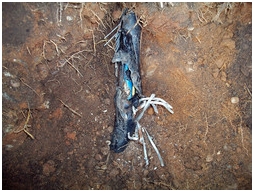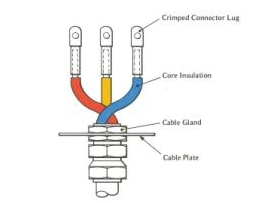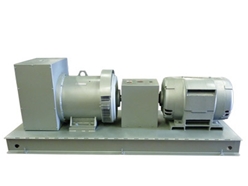
The "How To" type of articles
For this April 2016 newsletter, we want you to focus on a certain type of articles we sometimes publish in the blog: the "How To" type of articles.

Written by the members of the community, they are interesting and very useful!
Some of you may never have noticed these "How To" articles, so here's a short selection:
1. How to specify medium voltage switchgear (for industrial plant)?
2. How to wire a building and provide for future load growth?
3. How to select a sectionalizer?
If you want to publish an article in the blog, you can send a mail to the team.
You can even post directly on the forum and write about whatever you want (debate, tutorial, product review, observations, your own experience, etc.)!
Thanks in advance for your active contribution to our community,
Moderator team

As you may have noticed, our forum keeps growing fast:
17945 members and over 1100 topics!
As the number of topics keeps growing fast, don't hesitate to use the search engine, at the top left of the forum window, to check if there is a topic in relation to a subject you are interested in.
Welcome to our newcomers: George Twumasi, kimani, Kenz Vincent, binumalik and kiprotich kemboi!
|
|

|
Detecting underground cable faults |
 | In a power transmission and distribution system, cables serve the primary purpose of transmitting electrical energy from one point to another. A fault at any section of the cable system significantly reduces the functionality and integrity of the whole setup.
This situation significantly escalates with underground cables, due to the location. With the power systems growing rapidly over the years, the number and length of cables has increased over the years.
|
Do you have other advices to give? Share them in the comment section of this very nice article.
|
MORE>> |

|
Types of electrical joints and terminations (back to basics) |
 | Electrical joints and terminations provide the required electrical connection as well as the mechanical support, and physical protection of the cable.
There are different types of joints and terminations based on the function, type of cable and construction materials.
|
We go back to basics with this article by an experimented member of the community. Did this article help you?
|
MORE>> |

|
Frequency conversion in electrical power systems |
 |
The frequency conversion in electrical power systems is often required when the load is designed and rated for a different frequency other than that of the utility mains or from any other source. The frequency converters take in the AC power at one frequency and voltage and then provide an output power at a different frequency, and equal or different voltage.
But some equipment designed to operate on a certain frequency may not function efficiently when powered on a different frequency.
|
What more could you say about this topic?
|
MORE>> |
|
 |
|
